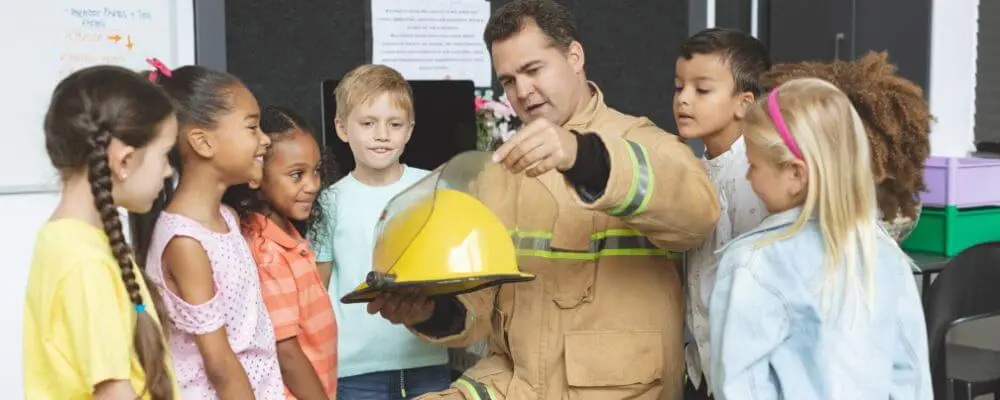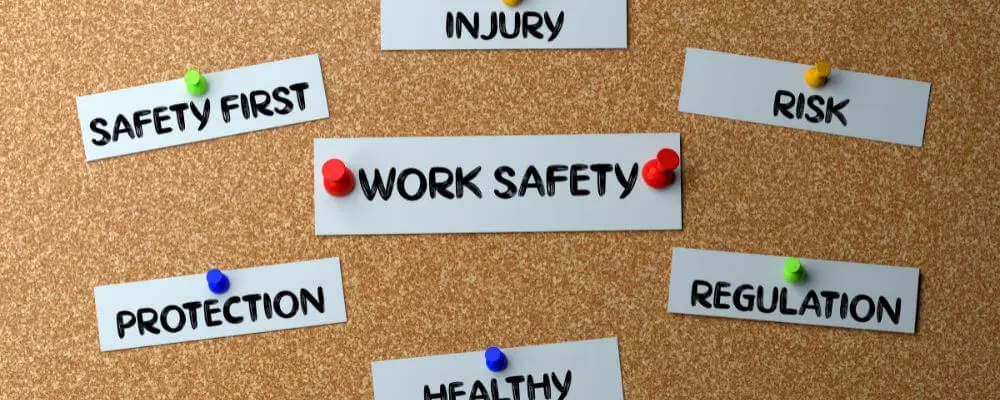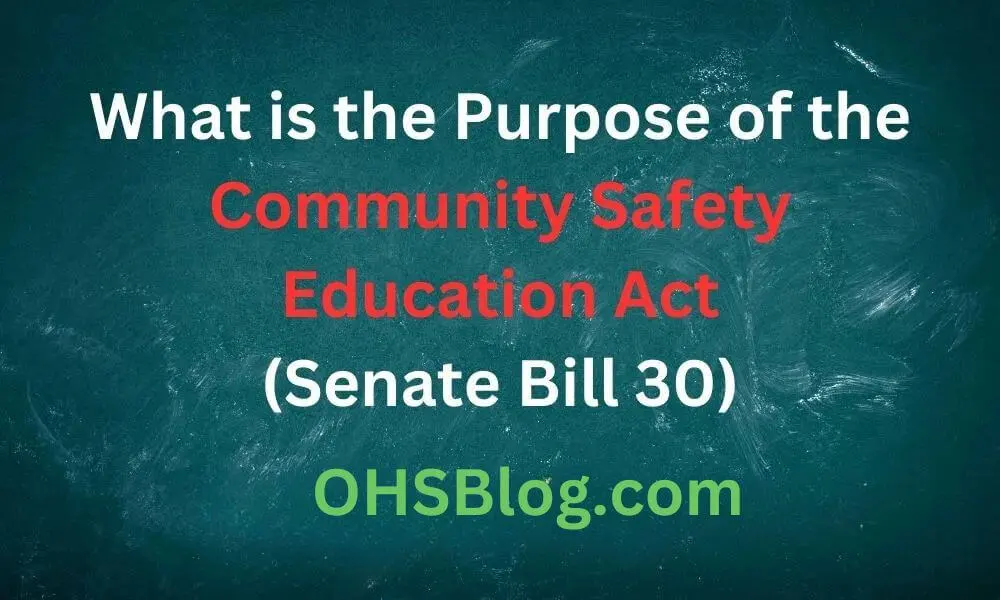What is the Purpose of the Community Safety Education Act? The Community Safety Education Act was borne out of a need for improved interactions between law enforcement and civilians. The catalyst was an unfortunate incident: the fatal encounter between a traffic cop and a motorist. This tragic event propelled lawmakers into action, resulting in the creation of the Act.
The Community Safety Education Act, or Senate Bill 30, is significant legislation passed in the 85th Texas Legislature, Regular Session, 2017. This law introduced Section 28.012 of the Texas Education Code (TEC), focusing on education about interactions with law enforcement agencies. Its primary function demands the State Board of Education (SBOE) integrate this new instruction within the curriculum for high school students, specifically those in grades 9-12.
What is the Purpose of the Community Safety Education Act
Key Components of the Act
The Act is a comprehensive set of guidelines designed to educate the public and law enforcement officers on the appropriate conduct during encounters. It covers citizens’ rights, officers’ duties, and how to handle complaints against officers. This, in turn, fosters mutual respect, understanding, and cooperation between the two groups.

Why is the Community Safety Education Act Important?
Enhancing Police-Citizen Interactions
Have you ever been pulled over by a cop? Felt the pulse-quickening; the dread was sinking in. The Act aims to make these encounters less intimidating and more constructive. It equips citizens and officers with knowledge, promoting positive and respectful interactions.
Education and Awareness
Think of the Act as a manual on traffic stops. It enlightens people about their rights and responsibilities during encounters, reducing potential misunderstandings and conflicts.
Reducing Unnecessary Incidents
We’ve all heard stories of minor traffic stops escalating into major incidents. The Act is a preventative measure, providing information to help avoid such situations.

The Impact of the Community Safety Education Act
Changes in Law Enforcement Procedures
Just as a ship adjusts its course based on the lighthouse’s signal, so has law enforcement adapted in response to the Act. New training protocols have been introduced, focusing on communication skills and de-escalation techniques.
The Response from the Community
Success Stories
Like a well-played symphony, the Act has harmonized relationships in many communities. Improved police-citizen interactions have been reported, painting a good picture of the Act’s effectiveness.
Challenges and Criticisms
However, it hasn’t been all sunshine and rainbows. Some critics argue that the Act is overly burdensome on law enforcement, while others claim it doesn’t go far enough in addressing systemic issues.

The Future of the Community Safety Education Act
Proposed Amendments and Improvements
To keep improving, amendments to the Act have been suggested, such as incorporating more diverse perspectives into the education process and expanding its scope beyond traffic stops.
Long-Term Implications
Like a seed planted today for tomorrow’s shade, the Act is expected to have lasting benefits for community relations and law enforcement practices.
Conclusion
We believe that you must have understood the purpose of the Community Safety Education Act? The community safety education act is a significant step towards fostering better relationships between law enforcement and the community. Education and awareness aim to make police-citizen interactions more positive and productive. While it’s not a magic wand that can erase all issues, it’s a step in the right direction, like a candle lighting the way in the dark.
FAQs
1. What is the purpose of the community safety education act?
The main purpose is to enhance interactions between law enforcement and citizens by promoting understanding and cooperation.
2. What are the key components of the community safety education act?
The key components include educating the public and law enforcement about proper conduct during encounters, citizens’ rights, officers’ duties, and handling complaints against officers.
3. What changes have been brought about by the community safety education act?
It has resulted in changes in law enforcement training and procedures and improved citizens’ awareness of their rights during police encounters.
4. What criticisms have been made against the community safety education act?
Some critics argue that it is overly burdensome on law enforcement, while others claim it doesn’t go far enough in addressing systemic issues.
5. What are the proposed improvements to the community safety education act?
Proposed improvements include incorporating more diverse perspectives into the education process and expanding the Act’s scope beyond traffic stops.
